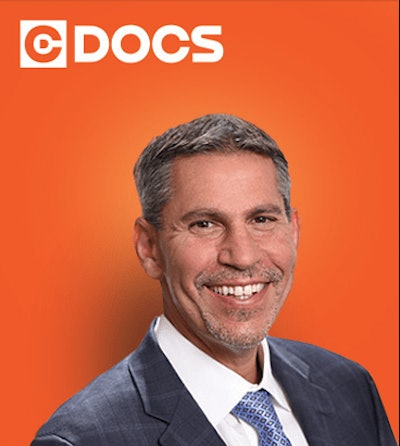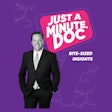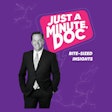
Are you tired of spending precious chair time adjusting occlusions on your CEREC restorations? Do you find yourself second-guessing the accuracy of those blue occlusal contact points? If so, Dr. Dan Butterman's latest "Weekly Bytes" video is a must-watch for CEREC users looking to enhance efficiency and precision in posterior restorations.
In this eye-opening presentation, Dr. Butterman challenges common misconceptions about occlusal indicators in CEREC software. He reveals why those familiar blue contact points might not tell the whole story when it comes to functional occlusion, especially for implant restorations.
Enter the virtual articulator, a powerful yet often overlooked tool within your CEREC software. Dr. Butterman demonstrates how this feature can revolutionize your approach to designing posterior restorations, ensuring both static and dynamic occlusal harmony.
But the virtual articulator isn't solely about on-screen movements. Dr. Butterman shows how it can be leveraged to identify and eliminate interferences before you mill a restoration. By understanding the concept of the "functionally generated path," you'll learn to design restorations that seamlessly integrate into your patient's existing wear patterns.
Whether you're restoring natural teeth or implants, mastering the virtual articulator can lead to the following:
- Reduced chair time for occlusal adjustments
- Improved patient comfort and satisfaction
- More predictable outcomes for complex cases
- Enhanced longevity of your restorations
Ready to take your CEREC designs to the next level? Don't miss Dr. Butterman's step-by-step guide to harnessing the full potential of the virtual articulator. Click above to watch the video and transform your posterior restorations today.
Learn more about CDOCS here, and click here to learn more about CDOCS' hands-on workshops.



















